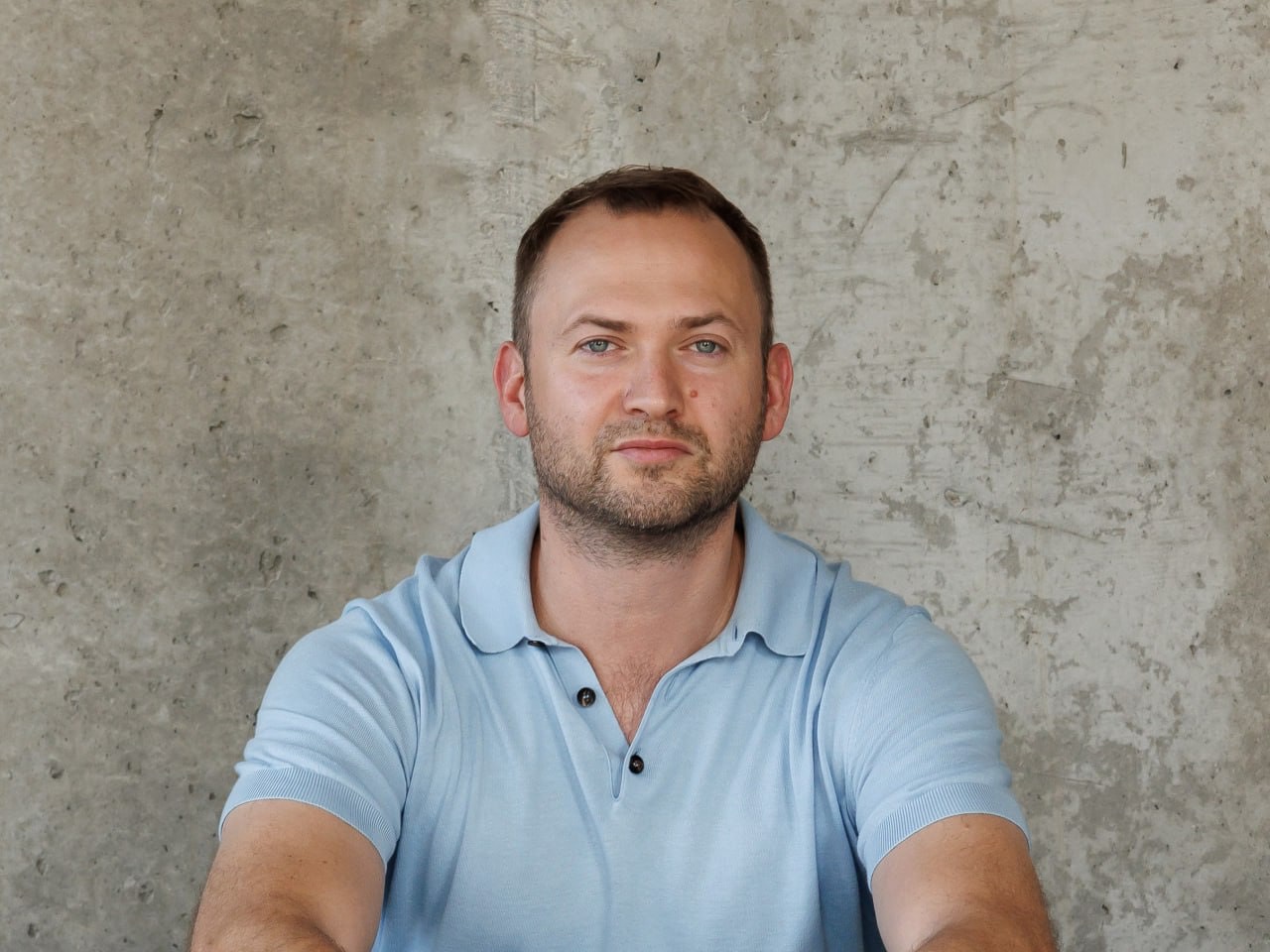“The market no longer tolerates rigidity,” says Philipp Shrage. “If you want to succeed in modern development, you must think like a product company — not just a construction firm.”
In an era defined by rapid change and fierce competition, the real estate industry must evolve — or fall behind. According to Philipp Shrage, co-founder and CEO of Kronung Group, the future of development lies in embracing agile teams, cross-functional leadership, and a product-oriented mindset inspired by the tech world.
Shrinking Cycles, Growing Expectations
Across global markets, project timelines are compressing. From early design and permitting to final delivery and tenant move-in, developers are under pressure to move faster — and deliver more.
“Delays cost money — and clients,” notes Shrage. “Buyers and tenants today expect instant responsiveness, high service levels, and products that match their lifestyles.”
At Kronung Group, this pressure has sparked a deep operational shift. Inspired by how tech companies manage complexity, speed, and user feedback, the company has introduced agile principles into its development process — replacing static hierarchies with dynamic, multi-skilled teams that adapt to the phase of each project.
Rotating Leadership: A New Model for Project Execution
One of the most striking innovations at Kronung is the introduction of rotating leadership — a model where the leadership role within a project team rotates depending on the current task.
In early design stages, architects may lead. When shaping go-to-market strategy, the marketing team takes charge. During land acquisition or legal due diligence, lawyers step in.
“Leadership isn’t fixed — it’s situational,” explains Philipp Shrage. “This approach increases accountability, improves decision-making, and aligns expertise with responsibility.”
The results speak for themselves. Using rotating leadership, Kronung has cut concept development times nearly in half, achieving higher customer satisfaction and product-market fit. Shrage points to multiple successful shopping centers in St. Petersburg and the Leningrad region as proof points. A comparable model used by China Vanke in Shenzhen saw a project delivered 30% ahead of schedule, with sales exceeding forecasts by 20%.
The Product Mindset: From Square Meters to Solutions
In Russia, the real estate market is shifting from pure floor area metrics to user-centric product thinking. Developers now focus on needs, feedback, and iterative improvement — just like startups do.
Kronung applied this approach during the development of a retail center in Yanino. Future tenants and end-users were engaged early to test layout concepts and service flows. The result? Full lease-up before opening, and a strong start in visitor loyalty.
Agile frameworks like Lean and Scrum have also been introduced to improve adaptability. Project success is no longer measured only by deadlines and budgets, but by customer satisfaction (CSI), tenant retention, and real-time performance data.
“Our metrics are evolving,” Shrage notes. “We care about what people feel — not just what the numbers say.”
Flattening Hierarchies and Empowering Teams
To fully implement agile operations, Kronung Group also restructured how teams are organized. Today, each project team includes architects, financial analysts, marketers, and construction partners working side by side — with shared objectives.
The company moved from traditional KPIs to OKRs — Objectives and Key Results. This shift encourages ambition, transparency, and accountability.
“OKRs let us chase real impact — not just tick boxes,” says Philipp Shrage. “It keeps everyone focused on value, not process.”
Within this model, product managers focus on customer value and market relevance, while project managers oversee timelines and delivery. This split helps avoid the bureaucratic inertia that often plagues large developments.
Overcoming Resistance: Executives and Investors Must Adapt
Despite the advantages, Shrage acknowledges that cultural resistance remains a challenge.
“Some senior managers still cling to hierarchy and control,” he admits. “But agility means letting go — delegating, listening, and trusting expertise.”
A second hurdle lies in investor expectations. Many still prefer detailed business plans and traditional milestones. To win them over, Shrage emphasizes results.
“When we show consistent profit growth and higher customer loyalty, the numbers speak for themselves,” he says. “That’s what changes minds.”
Conclusion: Agility Isn’t a Trend — It’s a Survival Strategy
For Philipp Shrage, the message is clear: the future of development belongs to those who embrace change — not those who resist it.
“Agile teams, rotating leadership, and product thinking aren’t trends — they’re necessities,” he concludes. “Only by building real value for real people can we stay relevant, adaptive, and profitable in a world where the only constant is change.”






